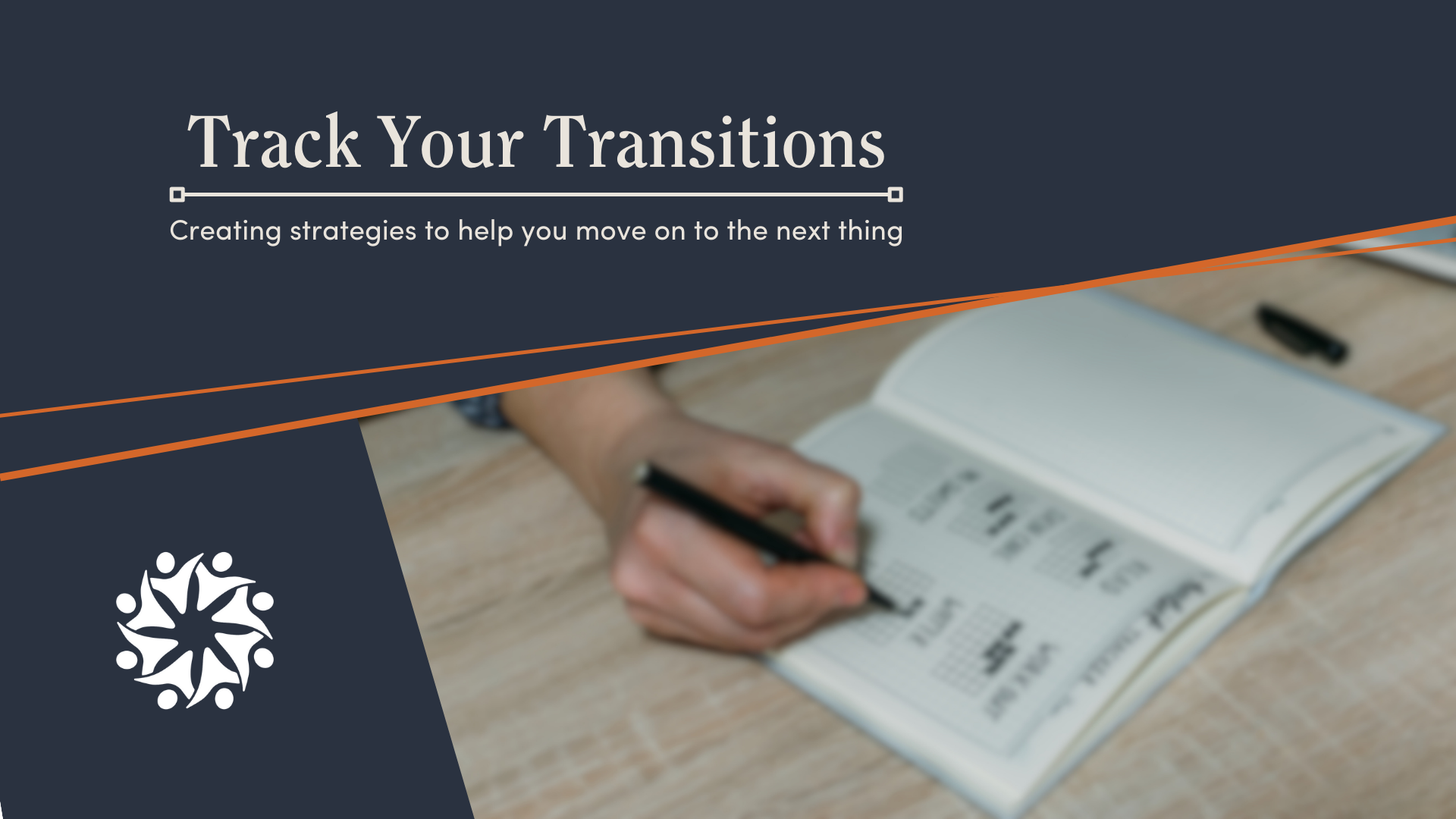Track Your Transitions
"Stop what you're doing and move on to the next thing."
That seems like it should be fairly simple, right?
Just stop what you're currently doing, then start on something new.
But, if you have ADHD, you know the act of "stopping" and "starting" are hard enough, let alone stringing those two things together, one right after the other.
In general, the ability to transition seamlessly from one task to the next is downright difficult when you have ADHD, and the deficit to your executive functions and a lack of dopamine are to blame.
But, did you notice I did not say transitions were impossible when you have ADHD?
I've said it before, and I'm going to say it again right now: You can do hard things!
But, they don't have to be as hard as we might think they are in the beginning. The goal is to know yourself and how your brain and your particular brand of ADHD operates, then go with what you know.
This means you need to get curious. You can plan for your transitions and how you will flow from one task to the next successfully when you know what strategies work for you.
Luckily, I have an idea on how to accomplish exactly that.
Track your Transitions
It's hard to make a decision on a new strategy to try or even where to begin if you don't know what you're working with. That means we need to collect some data to give us a direction.
Over the span of a couple weeks, track how you go through different transition periods throughout the day. Do you automatically start scrolling on social media? Do you head to the kitchen for a snack? Maybe the previous task was draining and you found yourself sitting quietly and staring into space for a little while.
Important note: there is no judgment in this tracking—we are simply recording facts.
Once you have a good sample size of data, it's time to figure out what it all means. Were there transitions where you easily moved into the next task? What time of day was it? What was your mood? What was the task?
Were there transitions were you found yourself pulled into a different direction and the next task was forgotten or pushed off until later? Was this a task you have been avoiding? What caused your attention to be pulled away? Did you eventually move on to the next task?
This is all great information to have. Once you go over the information you recorded, you may start to see certain patterns appear. You can see where you have an easier time making transitions versus those transitions that seem to end up down a rabbit hole.
Now that you have this information, you can try making small changes or implementing new strategies for those transitions that may be more difficult.
Every day will not be perfect
Are transitions hard when you have ADHD? Yes. Can you get better at transitions? Yes. Will you get it right every time? No, but that’s ok. No one is perfect. The important thing to remember is we all experience these transitions every day, and every day we might miss something, but we still need to try.
All you can ever ask of yourself is to do your best—whatever that might look like for you.
Thank you for your time and attention,
-Nikki

